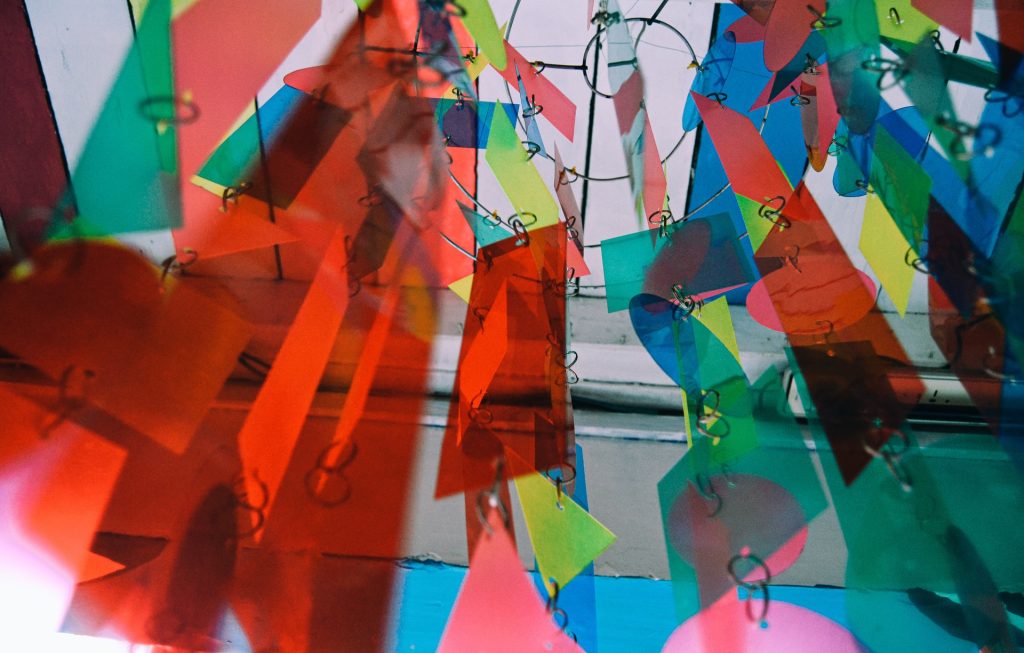Making and also Reacting in Visual Arts

Usual to all The Arts curriculum, each Arts self-control incorporates 2 interrelated concepts:
- Students find out as artist and also audience
- Students learn through making and also responding.
Making consists of discovering and using understanding, abilities, methods, procedures, products and also innovations in aesthetic arts techniques, and to make visual artworks that express suggestions and intentions.Making entails students sharing their ideas and also designated meanings in various art kinds. They discover experiences, concepts and also sensations through making visual artworks in various art kinds as well as designs. They develop knowledge, understanding as well as skills as they learn and also apply strategies and also processes making use of materials to accomplish their intentions in two-dimensional (2D), three-dimensional (3D) and four-dimensional (4D) types.
Responding includes checking out, analysing and analyzing artworks. Students go over, evaluate, value, interpret and also review artworks and the practices made use of to create them. They see the event of artworks in various places and societies as well as establish an understanding of the worths and belief systems of the musicians, areas as well as cultures that have actually created art work. Trainees develop an understanding of visual knowledge when they view art work and also sight, discuss as well as assess the attributes of artworks from various societies, locations as well as amount of times.
Making as well as Responding are inherently linked. With each other they form the technique of an artist and also offer trainees with understanding, understanding and also abilities as musician and audience. As pupils make they consider both the viewer and also their very own action to the establishing art work as an artist. As trainees react to art work, they make use of the expertise, understanding and also abilities acquired with their experiences in making artworks. Both making and responding involve creating useful and also critical understandings of the purposes of a musician to communicate significance as well as exactly how audiences analyse, interpret and also evaluate artworks. Trainees think about the crucial and also affective prospective aesthetic arts through both making as well as reacting. They utilize vital evaluation to refine their own creative efforts, developing proficiency as well as boosting visual expression.
Aesthetic Conventions
Pupils discover conventional, contemporary and also advancing aesthetic conventions used in art work of diverse styles and also composition. These may include combinations of the:
- conventions such as structure and design, the art elements of line, shape, colour, tone, appearance, kind, audio, light as well as time
- art concepts of emphasis, motion, rhythm, unity, variety, space, repetition, balance, contrast and scale.
Perspectives
In both Making and also Responding, trainees learn that meanings can be generated from various viewpoints as well as point of views and that these shift according to different world encounters. As students make, investigate or review artworks as artists as well as visitors, they may ask and respond to questions to question the musicians’ desired meanings as well as the viewers’ analyses. Significances and also interpretations are informed by the contexts of societies, societies and also backgrounds, and also an understanding of visual arts methods. These questions provide the basis for making informed important judgments concerning their own art and also layout works as well as other artworks they see, listen to as well as connect with as viewers.
The intricacy and also sophistication of such inquiries will certainly change throughout Foundation to Degree 10. In the later years, students will consider the passions and issues of musicians and audiences pertaining to time, location, philosophies and also ideologies, crucial concepts, establishments as well as psychology.
Techniques as well as Procedures
Via Making and Reacting, pupils develop understanding, abilities and also understanding of their art making by becoming significantly proficient with art, craft as well as style strategies and procedures. As they proceed in Visual Arts, students create perceptual abilities in monitoring and the ability to react as well as check out artworks critically. Pupils develop the theoretical capability to develop concepts and express them visually. They identify, analyse and also analyze meaning in art work from diverse contexts. They establish communication skills as they deliberately intend, design and make artworks for various audiences. As they progress through the bands, trainees develop technological efficiency and expertise with materials as well as strategies as well as end up being skilful specialists.
Materials
In creating knowledge and also skills in Visual Arts, students learn to control and adapt a vast array of physical materials and also innovations. These might include conventional materials such as paint, dyes, charcoal and also ink, as well as contemporary or emerging materials, such as electronic media, the body and sound.